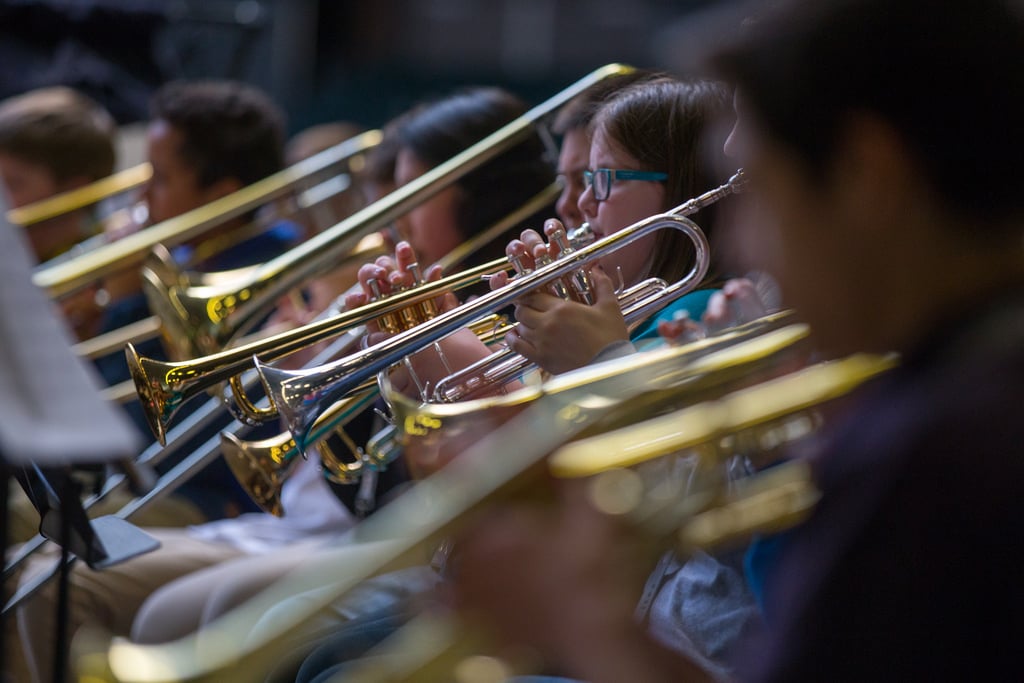
Photo: Phil Roeder via Visualhunt.com / CC BY
Music Education Hubs extend reach despite funding cuts
The hubs survived increasing local authority cuts but the failure to engage boys and young people with special educational needs persists, a new report finds.
The number of pupils learning a music instrument through whole class ensemble teaching (WCET) in schools has continued to increase, according to the third annual review of England’s Music Education Hubs (MEHs).
This growth is despite a stretched economic environment which has seen total hub income drop by £4.7m since 2013-14, as a renewed funding commitment from the Department for Education failed to compensate for falling local authority contributions.
Pupil growth
Music Education Hubs were set up in 2011 to ensure every child has the opportunity to learn a music instrument through whole class ensemble teaching (WCET) – ideally for a year, but for a minimum of one term. Students range from primary through to Further Education institutions.
The report, which covers the period 2014-15, finds that 631,000 pupils benefited from WCET that year – a 0.6% increase from 2013-14. 86% of state-funded schools accessed the hubs, which provided musical education to 9.2% of pupils in state-funded primary and secondary schools. This represents a 1% decrease since 2013-14, which is attributed to a rising school population.
In addition, the study found over a quarter of the pupils who received WCET in 2013/14 continued to learn an instrument through the hubs in 2014/15. The vast majority (77.4%) who took part in the programme learned an instrument at entry level.
While the report praises the hubs and WCET for being broadly representative of the population as a whole, particularly for pupils from a BME or economically-deprived background, it finds they have made little year-on-year progress with engaging boys and young people with Special Educational Needs (SEN), who continue to be under-represented in ensembles, choirs, and music lessons.
This is a particular concern for pupils with SEN: in total, 4.3% of ensemble participants had SEN, which is “considerably lower” than 15.4% of pupils with SEN in the national population.
Individual hubs
The analysis, by the National Foundation for Educational Research, is based on an annual survey and data from the National Pupil Database. Alongside the wider conclusions, it has also published survey data on individual hubs for the first time, identifying the schools working with the hubs to support and deliver WCET or singing strategies and publishing individual hubs’ income and expenditure.
The data reveals variation across England, for example with 100% of schools reached by Cambridgeshire Music Hub, but only 35% by Gloucestershire’s Make Music Gloucestershire.
It also shows 72% of hubs’ income came from sources other than the core Department for Education grant. But there were extremes: Camden raised 91% of its income from other sources, whereas Southend’s hub raised only 2%.
Join the Discussion
You must be logged in to post a comment.